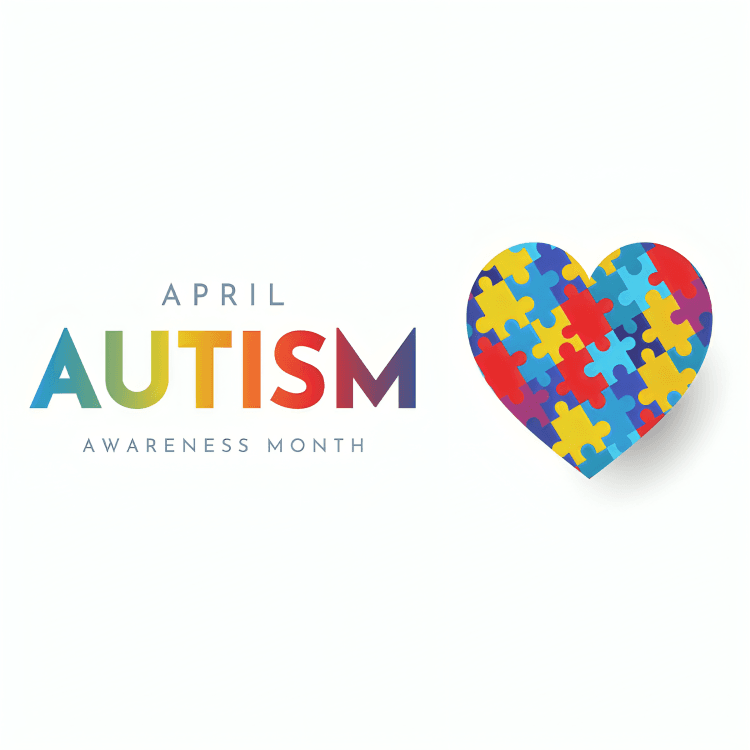
“
Understanding autism spectrum disorder (ASD) means recognizing a complex neurodevelopmental condition that affects how people communicate, behave, and interact socially. By learning more about this condition, we build a society where people with autism receive the acceptance and support they deserve. 1
1
”
In the early 20th century, Austrian pediatrician Hans Asperger documented a pattern of behavior in children that contributed to our understanding of autism, forming part of what is now known as ASD. 1
Autism spectrum disorder (ASD) affects brain development in a way that influences communication skills, behavior patterns, interests, and social interactions differently in each individual. 2

People with ASD may have difficulties understanding nonverbal cues like facial expressions, gestures, or tone of voice, which can lead to challenges in interpreting emotions during social interactions.
Autism is described as a "spectrum" disorder because it varies widely in symptoms and severity; some individuals need substantial support, while others live independently with minimal assistance. 3
ASD is usually diagnosed in early childhood, often by the age of two or three, when delays in speech, social skills, or repetitive behaviors become noticeable to caregivers or educators. 4
Individuals with autism may engage in repetitive behaviors such as hand-flapping, lining up toys, or repeating words, which provide comfort or help manage anxiety and sensory overload. 5
Many people with autism experience heightened sensitivity to sensory input, including lights, sounds, smells, and textures, which can trigger discomfort or distress in everyday environments. 6
Boys are diagnosed with autism more frequently than girls, but recent studies suggest girls are often underdiagnosed because they may mask symptoms or present them differently from boys. 7
Speech and language delays are common in autism, though some individuals may develop advanced vocabulary or use language in unique and expressive ways that reflect their personal interests. 8

Some individuals with ASD have extraordinary abilities in areas like math, music, or visual arts, often referred to as "savant skills," though these talents are not present in everyone with autism.
People with autism may prefer structured routines and feel distressed by sudden changes; consistent schedules can help reduce anxiety and provide a sense of control in daily life. 9
Eye contact may be uncomfortable or avoided by some individuals with autism, not out of disinterest, but because it can be overwhelming or unnatural due to the way their brain processes stimuli. 10
Autism is not caused by parenting styles or emotional trauma; it is a neurological condition with genetic and biological roots, supported by decades of scientific research and clinical evidence. 11
Early intervention with therapies such as speech, occupational, or behavioral therapy can significantly improve communication skills, social development, and adaptive behaviors in children with autism. 12
Some people with autism use alternative communication methods like picture boards, sign language, or speech-generating devices to express themselves when spoken language is difficult. 13

Autism awareness has grown globally, leading to greater advocacy, inclusive education policies, and acceptance, yet stigma and misunderstanding still persist in many communities.
Some therapies used to support people with autism include Applied Behavior Analysis (ABA), TEACCH, and social skills training, each designed to build specific life and communication skills over time. 14
Research suggests that autism involves both genetic predispositions and environmental influences before birth, such as advanced parental age or prenatal complications, but not vaccines or diet. 15
A supportive environment that focuses on understanding autism spectrum disorder can enhance self-confidence, reduce anxiety, and help people with autism navigate daily life with dignity and autonomy. 16
Temple Grandin, a scientist with autism, raised global awareness by sharing her experiences and showing how autism can offer valuable insights in science and education.17


